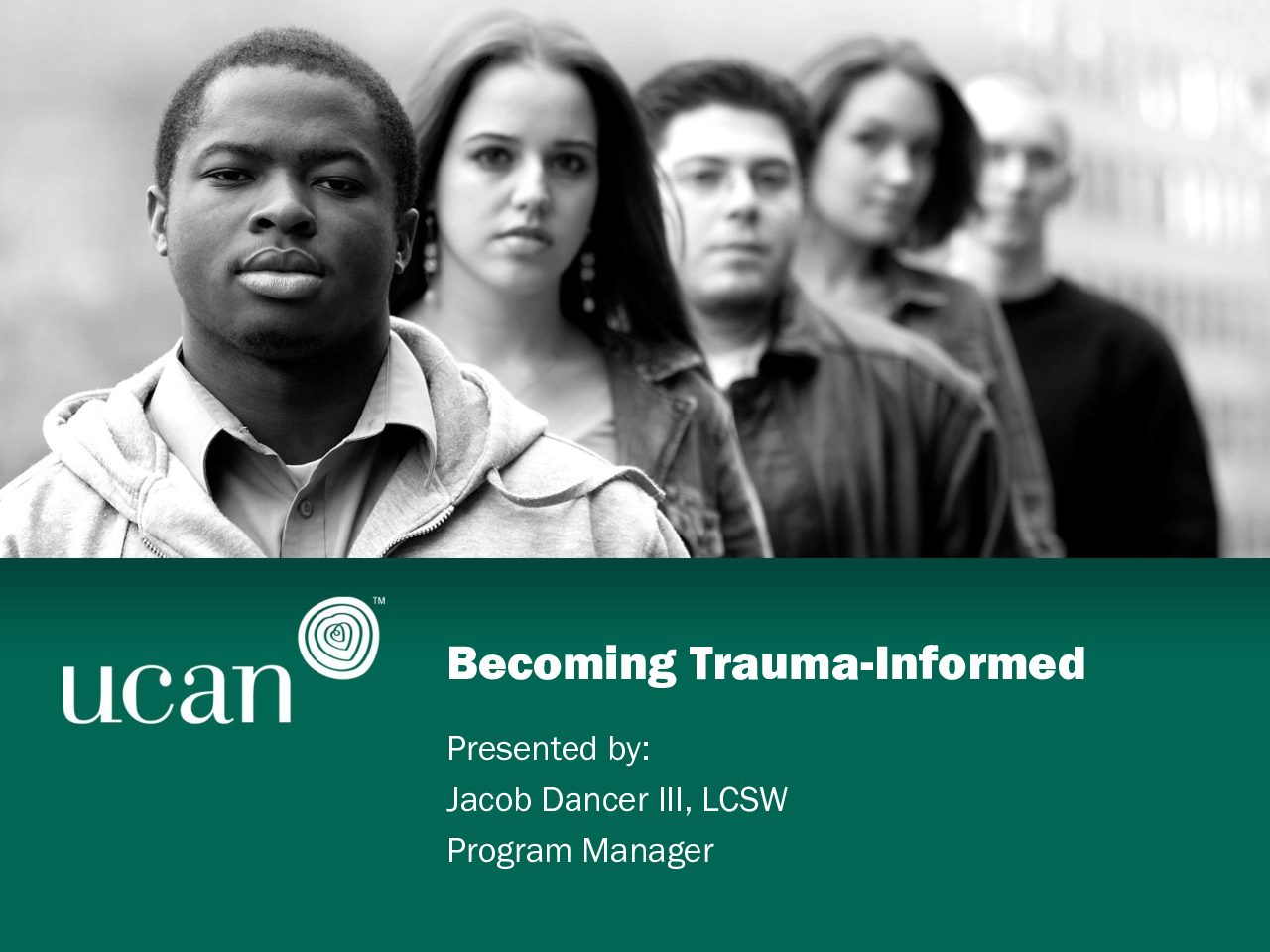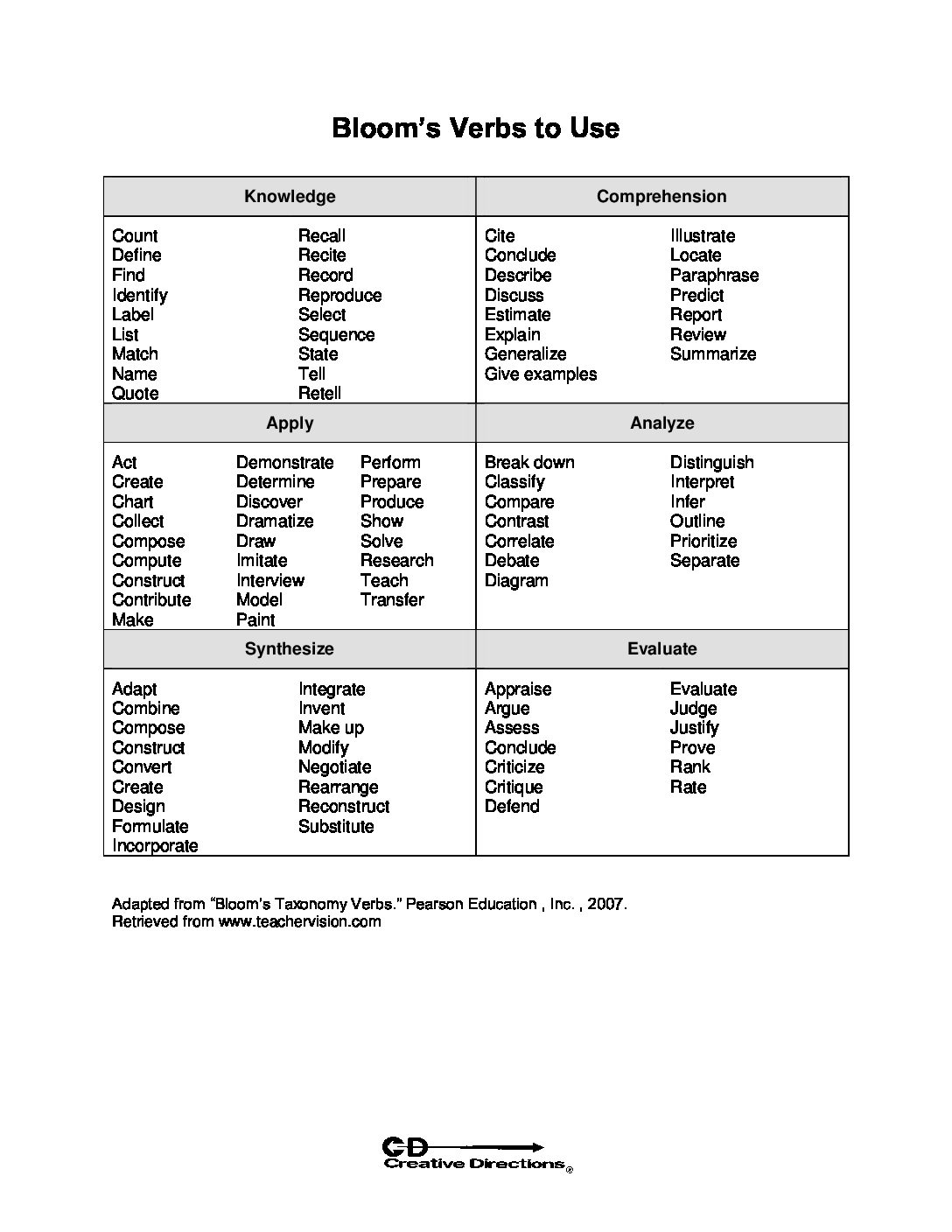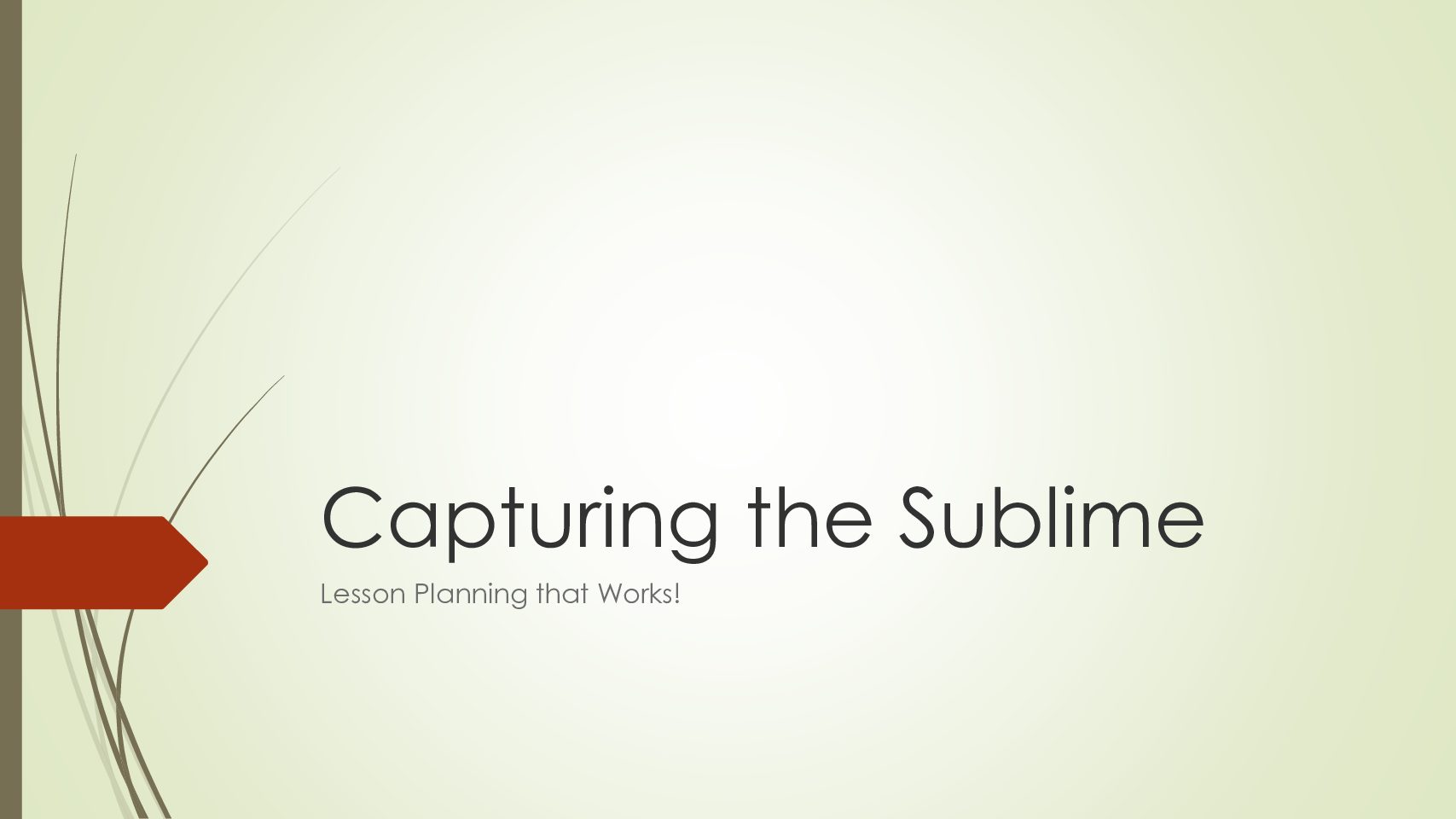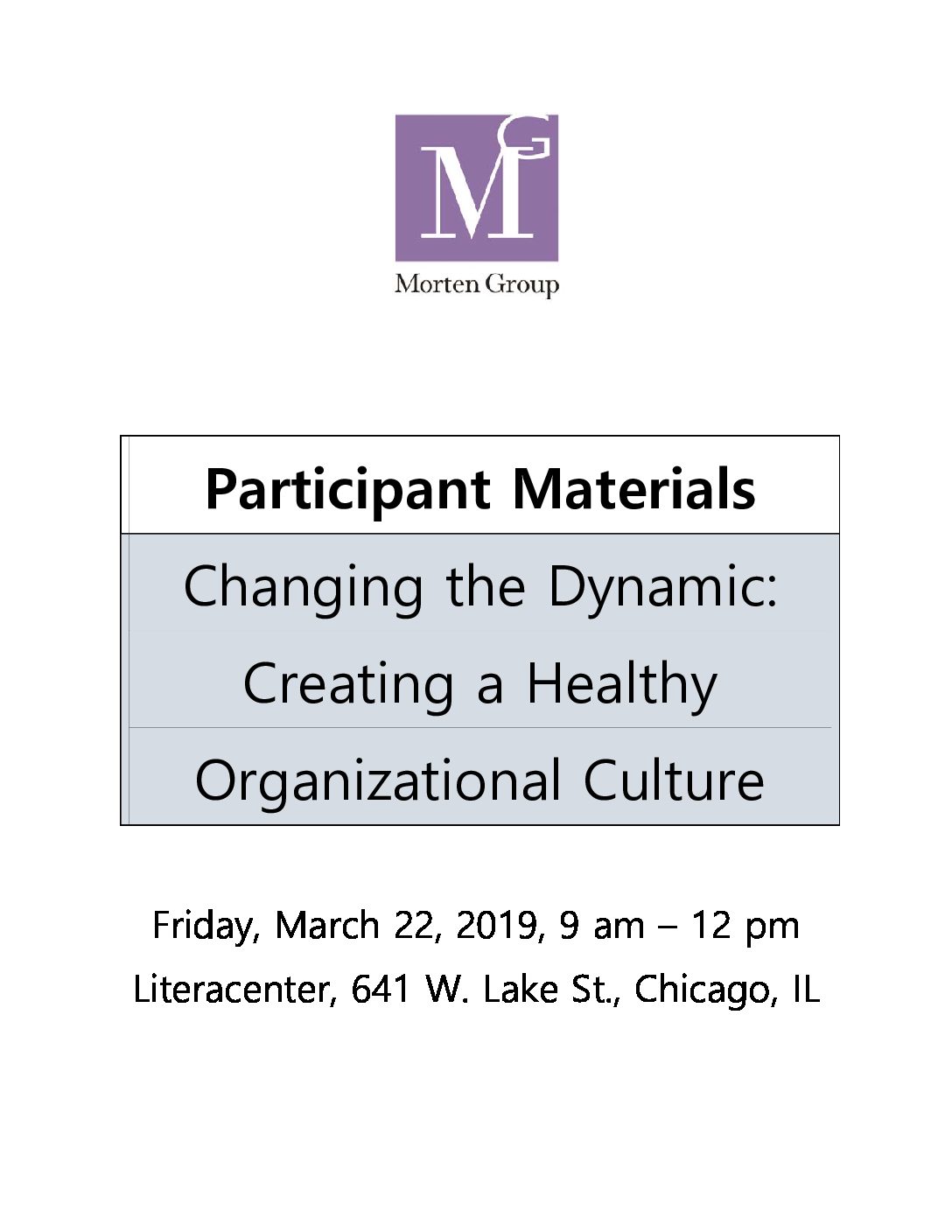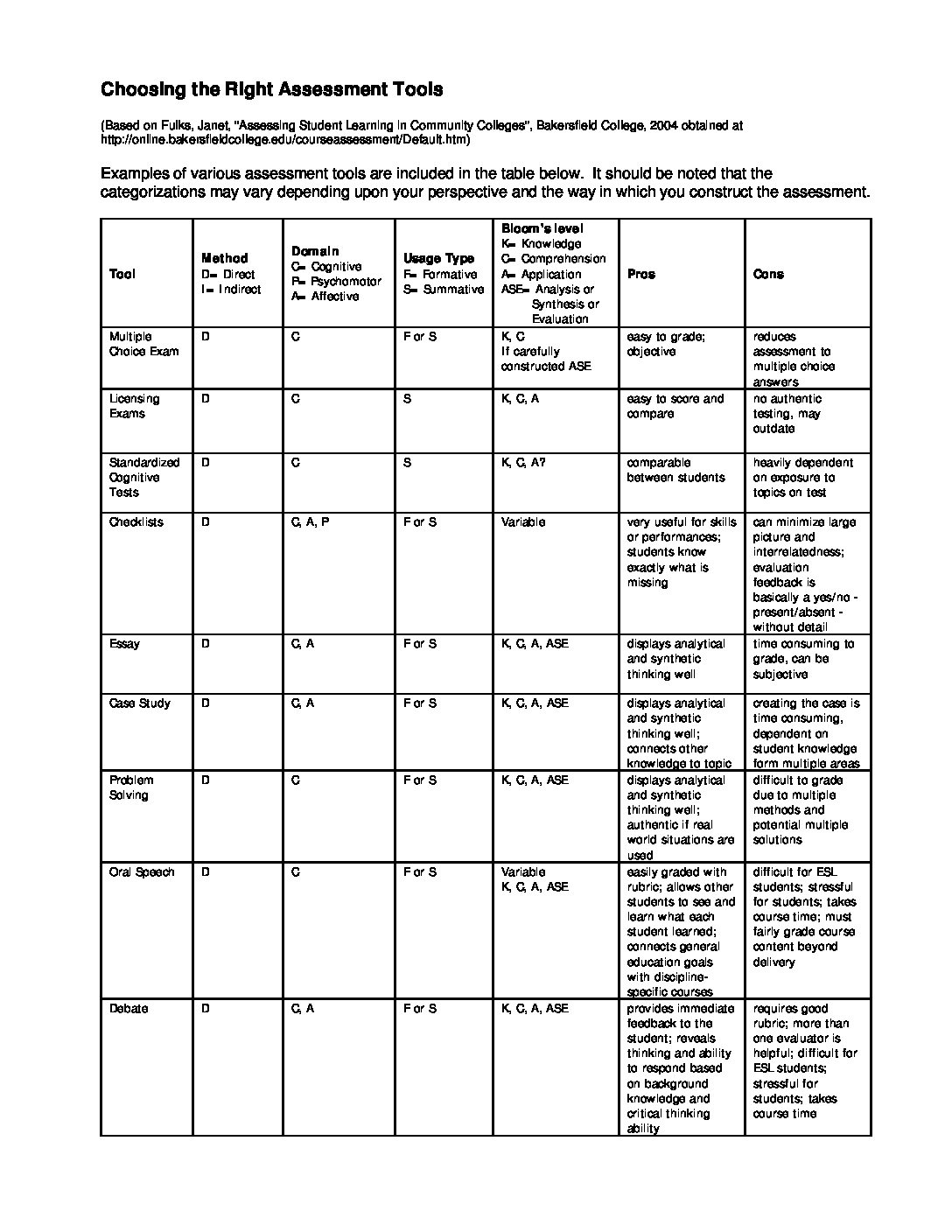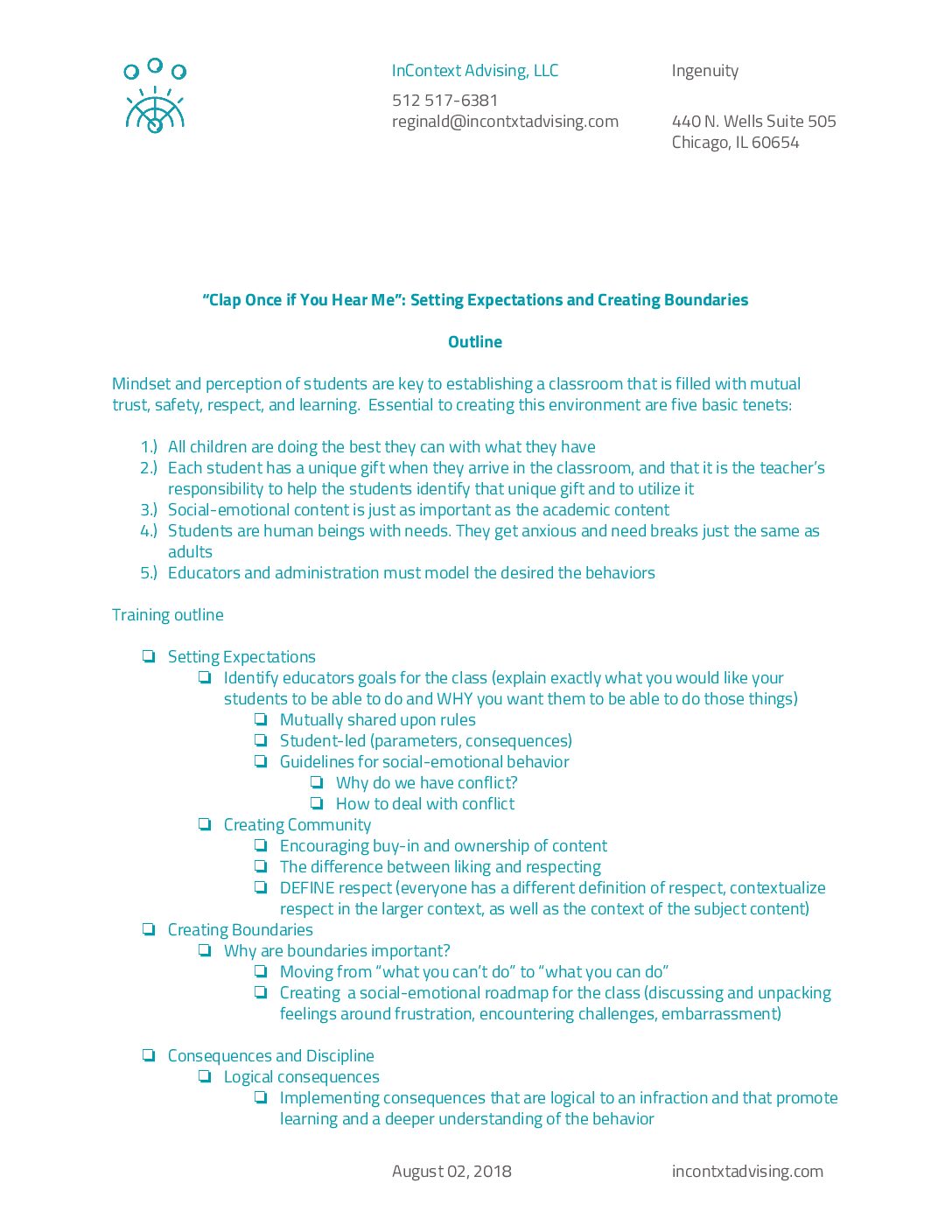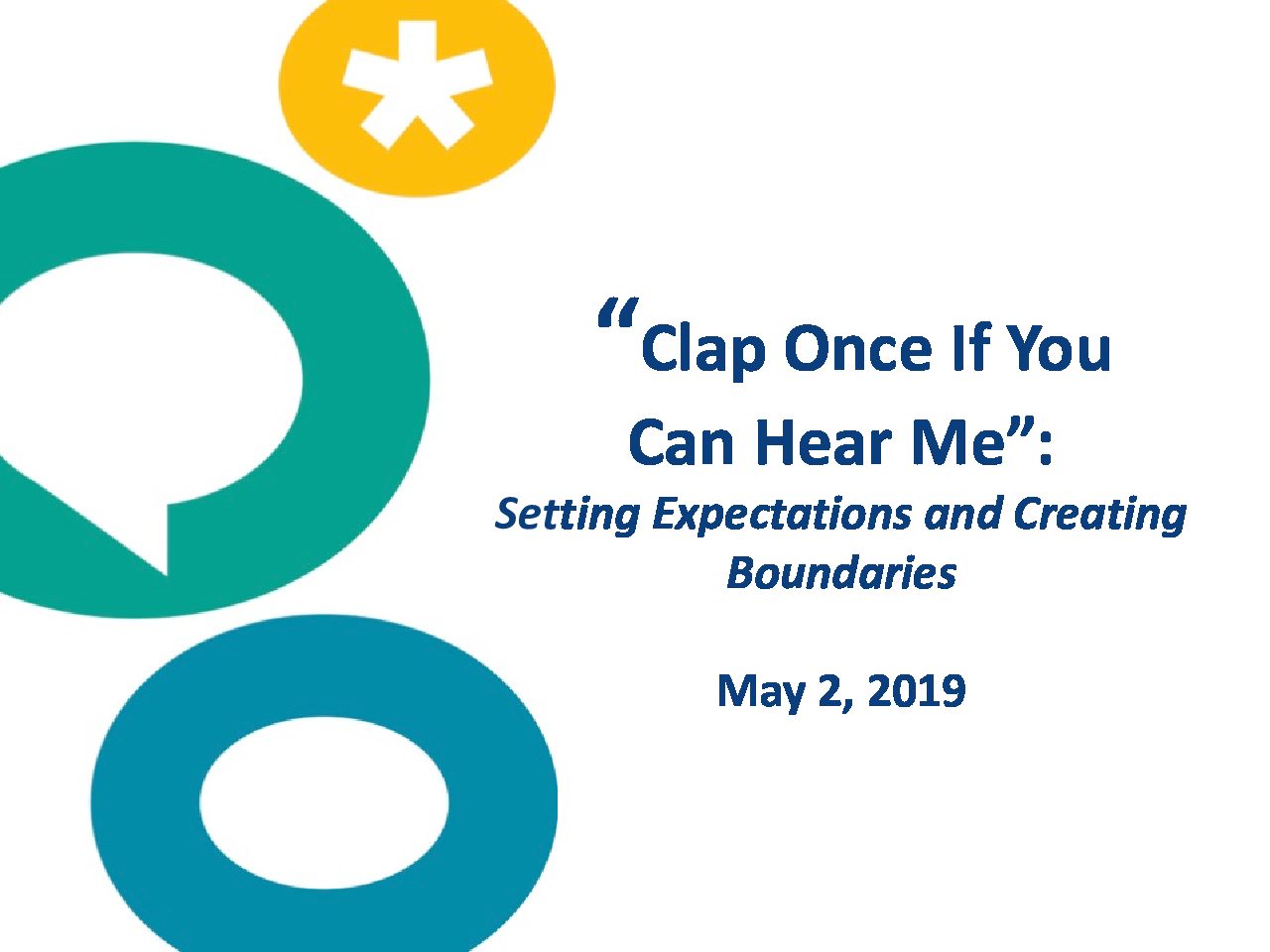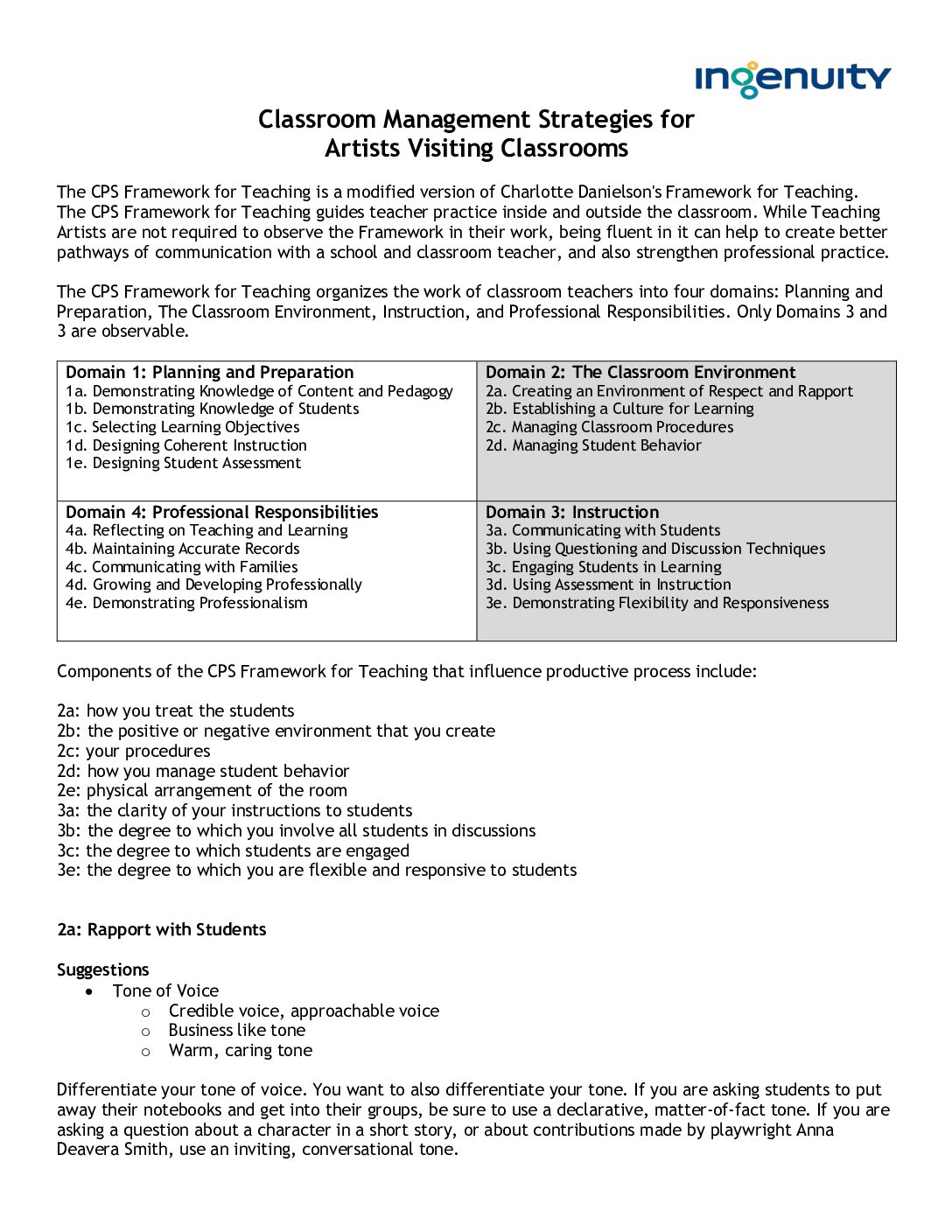Becoming Trauma-Informed
Arts Education Conference
Presented by Jacob Dancer III, LCSW / 16/12/2016
This keynote speaker deck provides a primer on trauma-informed practices including: recognizing the importance of being trauma informed, understanding the symptoms of trauma, the impact of trauma on youth, the Universal Precautions Approach to trauma, and how your role can make an impact.
Bloom’s Verbs to Use
Curriculum Institute
Ingenuity, presented by Karen Erickson, Creative Directions / 07/07/2015
This document provides a list of measurable, observable, and actionable verbs to help describe and classify observable knowledge, skills, attitudes, behaviors, and abilities.
Brené Brown and Ibram X. Kendi “How to Be an Antiracist”
Brené Brown and Ibram X. Kendi, Unlocking Us
In this podcast, professor Ibram Kendi, New York Times bestselling author of How to Be an Antiracist and the Director of the Antiracist Research and Policy Center at American University, discuss racial disparities, policy, and equality, and How to Be an Antiracist.
Capturing the Sublime: Lesson Planning that Works
Arts Education Conference
Hubbard Street Dance / 16/12/2016
This presentation covers best practices in creating engaging lesson plans that capture 'Big Ideas', essential understandings, and alignment with learning standards and goals.
Changing the Dynamic: Creating a Healthy Organizational Culture
Changing the Dynamic: Creating a Healthy Organizational Culture
Ingenuity, presented by Morten Group, LLC / 22/03/2019
This participant handbook outlines all information pertaining to the Ingenuity institute, Changing the Dynamic: Creating a Healthy Organizational Culture, and includes a list of terminology, practical learning scenarios, and additional activities and resources to support learning and advocacy on issues related to equity, diversity, and inclusion.
Child Development and Arts Education: A Review of Current Research and Best Practices
The College Board for the National Coalition for Core Arts Standards
This report is divided into a series of four literature reviews, addressing the disciplines of dance, music, theatre, and visual art. The reviews are further divided by grade band. Within each grade band, information on both general and discipline-specific developmental characteristics of students are offered, as well as a series of recommendations of specific pedagogical practices that address social, emotional, and/or cognitive needs and abilities of students of that particular discipline and grade band.
Choosing the Right Assessment Tools
Curriculum Institute
Janet Fulks, Bakersfield College / 07/07/2015
This document, designed to help educators and organizations select assessment tools, offers examples of various assessment tools in a table format.
Clap Once if You Can Hear Me: Setting Expectations and Creating Boundaries
Clap Once If You Can Hear Me: Setting Expectations and Creating Boundaries
Ingenuity, presented by Reginald Harris, InContext Advising, LLC / 05/02/2019
As educators, it is quite common to come across student defiance, power struggles, and student meltdowns while in the classroom. Because the classroom environment is partially dependent upon students (who may be responding to stress and/or trauma in their lives), it's important to create quality, responsive instruction, consisting of setting clear expectations, mutually-understood boundaries, and a safe space for exploring artistic practice.
Clap Once if You Can Hear Me: Setting Expectations and Creating Boundaries
Clap Once If You Can Hear Me: Setting Expectations and Creating Boundaries
Ingenuity, presented by Reginald Harris, InContext Advising, LLC / 02/05/2019
As educators, it is quite common to come across student defiance, power struggles, and student meltdowns while in the classroom. Because the classroom environment is partially dependent upon students (who may be responding to stress and/or trauma in their lives), it's important to create quality, responsive instruction, consisting of setting clear expectations, mutually-understood boundaries, and a safe space for exploring artistic practice.
Classroom Management Strategies in the Framework for Teaching for Teaching Artists
Classroom Management Institute
Ingenuity, presented by Ron Anderson, The Danielson Group / 10/09/2015
This document provides classroom management strategies for teaching artists through the lens of the CPS Framework for Teaching.
